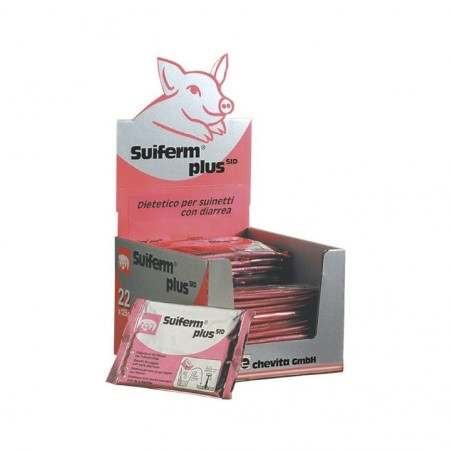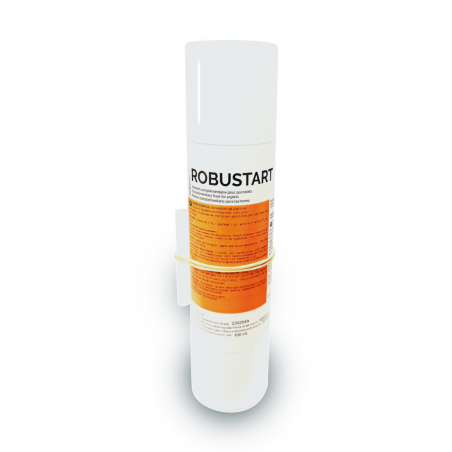Global emergence and re-emergence of Porcine epidemic diarrhea virus (PEDV), an Alphacoronavirus which causes a highly contagious enteric disease, have led to several studies addressing its variability. The aim of this study was to characterize the infection of weaned pigs with Swine enteric coronavirus (SeCoV) -a chimeric virus most likely originated from a recombination event between PEDV and Transmissible gastroenteritis virus, or its mutant Porcine respiratory coronavirus-, and two PEDV G1b variants, including a recently described recombinant PEDV-SeCoV (rPEDV-SeCoV), as well as to determine the degree of cross-protection achieved against the rPEDV-SeCoV. For this purpose, forty-eight 4-week-old weaned pigs were randomly allocated into four groups of 12 animals; piglets in groups B, C and D were orally inoculated with a PEDV variant (B and D) or SeCoV (C), while piglets in group A were mock inoculated and maintained as controls. At day 20 post-infection all groups were exposed to rPEDV-SeCoV; thus, group D was subjected to a homologous re-challenge, groups B and C to a heterologous re-challenge (PEDV/rPEDV-SeCoV and SeCoV/rPEDV-SeCoV, respectively) and group A was primary challenged (-/rPEDV-SeCoV). Clinical signs, viral shedding, microscopic lesions and specific humoral and cellular immune responses (IgG, IgA, neutralizing antibodies and IgA and IFN-γ-secreting cells) were monitored.
After primo-infection all three viral strains induced an undistinguishable mild-to-moderate clinical disease with diarrhea as the main sign and villus shortening lesions in the small intestine. In homologous re-challenged pigs, no clinical signs or lesions were observed, and viral shedding was only detected in a single animal. This fact may be explained by the significant high level of rPEDV-SeCoV-specific neutralizing antibodies found in these pigs before the challenge. In contrast, prior exposition to a different PEDV G1b variant or SeCoV only provided partial cross-protection, allowing rPEDV-SeCoV replication and shedding in feces.

Puente H, Díaz I, Arguello H, et al. Characterization and cross-protection of experimental infections with SeCoV and two PEDV variants. Authorea. 2022. DOI: 10.22541/au.165296578.86628515/v1






